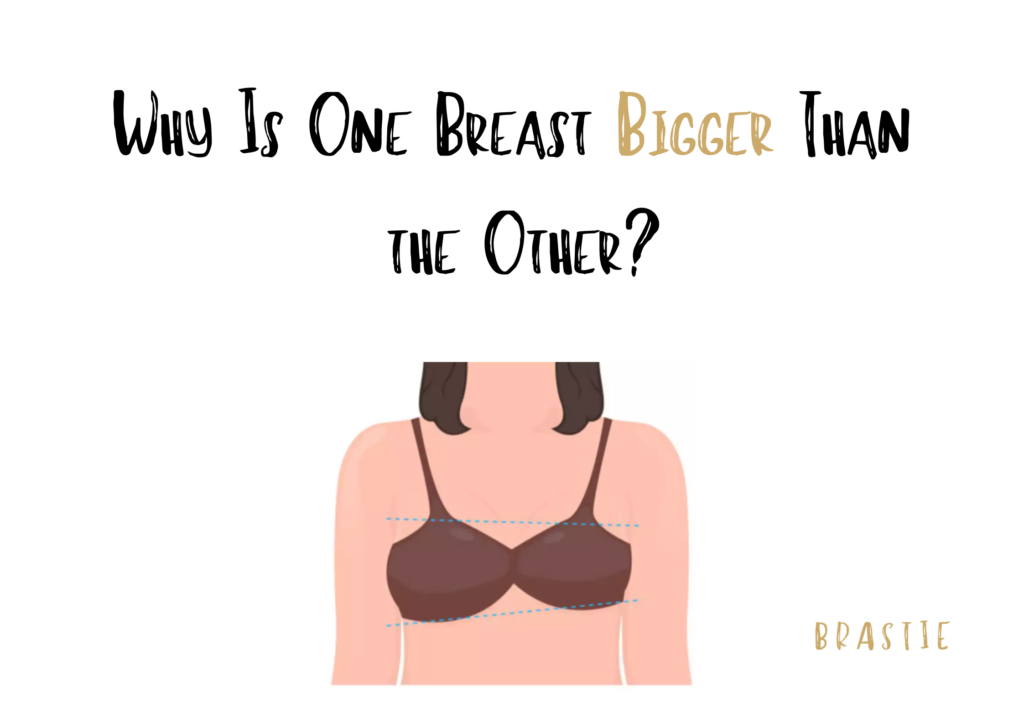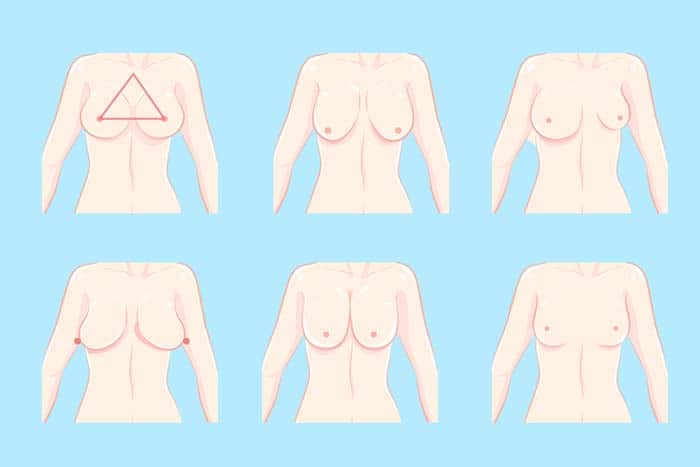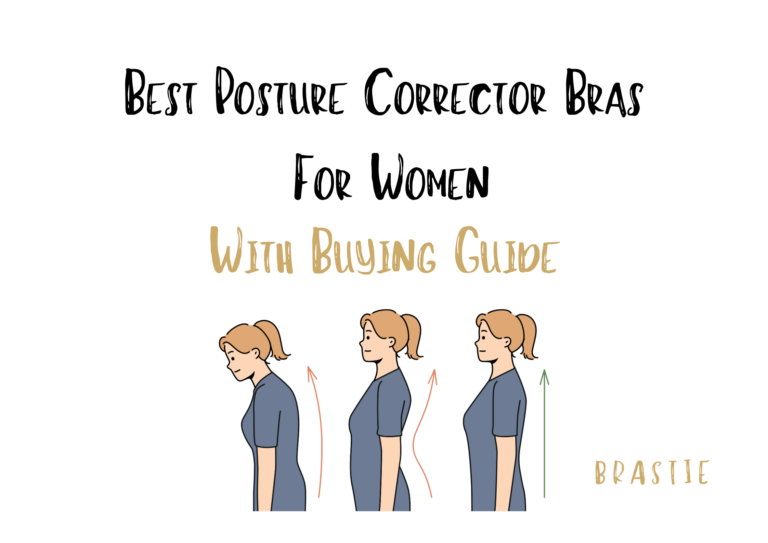Why Is One Breast Bigger Than the Other? Things To Notice
Every human body tells a unique story, and breast tissue is one of the most fascinating aspects of biological diversity.
Many people notice differences in breast size and shape, leading them to wonder: why is one breast bigger than the other? This natural variation is influenced by genetics, hormones, and structural differences, making asymmetry more common than perfect symmetry.

How does Breast Tissue develop?
While breast asymmetry is usually a benign and natural occurrence, it can sometimes lead to self-consciousness or concern. Understanding the underlying causes can help individuals appreciate their natural shape and determine whether any intervention is necessary.
By exploring the biological, hormonal, and lifestyle factors contributing to breast asymmetry, we can better appreciate how our bodies function and evolve over time.
The Role of Genetics in Breast Development
Just as no two fingerprints are the same, no two breasts develop identically. Genetic inheritance plays a key role in determining:
- Tissue density
- Hormonal sensitivity
- Growth patterns
Some people may inherit genes that make one breast slightly larger or more developed than the other.
Hormonal Influence and Puberty
During puberty, hormonal changes trigger breast development. Estrogen and progesterone stimulate tissue growth, but these hormones don’t always act evenly on both sides.
This can lead to one breast growing faster or developing a slightly different shape than the other. Over time, these differences may even out, but some degree of asymmetry remains for many.
Why Is One Breast Bigger Than the Other?
Several factors can contribute to natural breast asymmetry:
Hormonal Fluctuations
- Breast tissue responds to hormonal changes throughout life, including puberty, pregnancy, and menopause.
- Temporary differences in size can occur due to menstrual cycle variations, where one breast may retain more fluid than the other.
Muscle and Structural Differences
- The chest wall structure, including muscles and bones, can influence breast appearance.
- Slight differences in rib cage shape, pectoral muscle development, or even posture can contribute to noticeable asymmetry.

Lifestyle and External Factors
- Breastfeeding, physical activity, and even sleeping positions can affect breast size.
- Favoring one side while sleeping or nursing can lead to subtle changes in breast volume over time.
- Weight fluctuations can also impact breast size differently on each side.
When to Seek Medical Advice?
While mild asymmetry is completely normal, a medical professional should evaluate significant or sudden changes in breast size. Conditions that may cause noticeable size differences include:
- Hormonal imbalances
- Cysts or fibroids
- Trauma or injury
- Breast infections
- Underlying medical conditions such as scoliosis affecting posture
Seek medical attention if you experience:
- Sudden and noticeable changes in breast size
- Lumps or unusual swelling
- Pain or discomfort in one breast
- Skin dimpling or changes in nipple appearance
Psychological and Emotional Concerns
Body image concerns can arise from noticing size differences, making some self-conscious. Understanding that asymmetry is natural can help shift perspectives toward body positivity. Helpful strategies include:
- Seeking professional counseling if asymmetry causes emotional distress
- Wearing properly fitted bras to enhance balance and comfort
- Practicing self-acceptance and self-care

Self-Care and Monitoring
Regular self-examinations and professional screenings help track changes over time. If you’re wondering why is one breast bigger than the other and it causes discomfort, consulting a professional for personalized guidance is always a good idea.
Simple adjustments, such as wearing supportive bras or engaging in exercises that strengthen chest muscles, may also help improve symmetry.
Breast asymmetry is a natural part of human diversity. Rather than viewing it as an imperfection, embracing it as a unique trait can lead to greater self-acceptance.
Nature rarely creates perfect symmetry, and small differences in breast size are just another reflection of our individuality.
Frequently Asked Questions
Is it normal for one breast to be bigger than the other?
Yes, it is completely normal. Most people have some degree of breast asymmetry, and it is usually not a cause for concern.
Can breast size differences be corrected naturally?
While breast size differences can sometimes even out over time, natural methods like posture correction, exercises, and weight management may help improve balance. However, significant differences may require medical interventions.

Do bras help with breast asymmetry?
Yes, wearing the right bra can provide better support and balance the appearance of asymmetry. Some bras come with removable padding to adjust size differences.
Can weight loss or gain affect breast asymmetry?
Yes, weight fluctuations can impact breast size. Since breasts contain fatty tissue, losing or gaining weight may change the size differently on each side.
When should I see a doctor about breast asymmetry?
You should consult a doctor if you notice sudden changes, lumps, persistent pain, or skin abnormalities. Regular check-ups help ensure breast health.
Takeaway
Understanding why one breast is bigger than the other is essential in recognizing that asymmetry is common and usually harmless.
People can feel confident in their natural shape by focusing on overall health, practicing self-care, and consulting professionals when necessary. Your body is uniquely yours; every difference tells a beautiful story of development and change.







